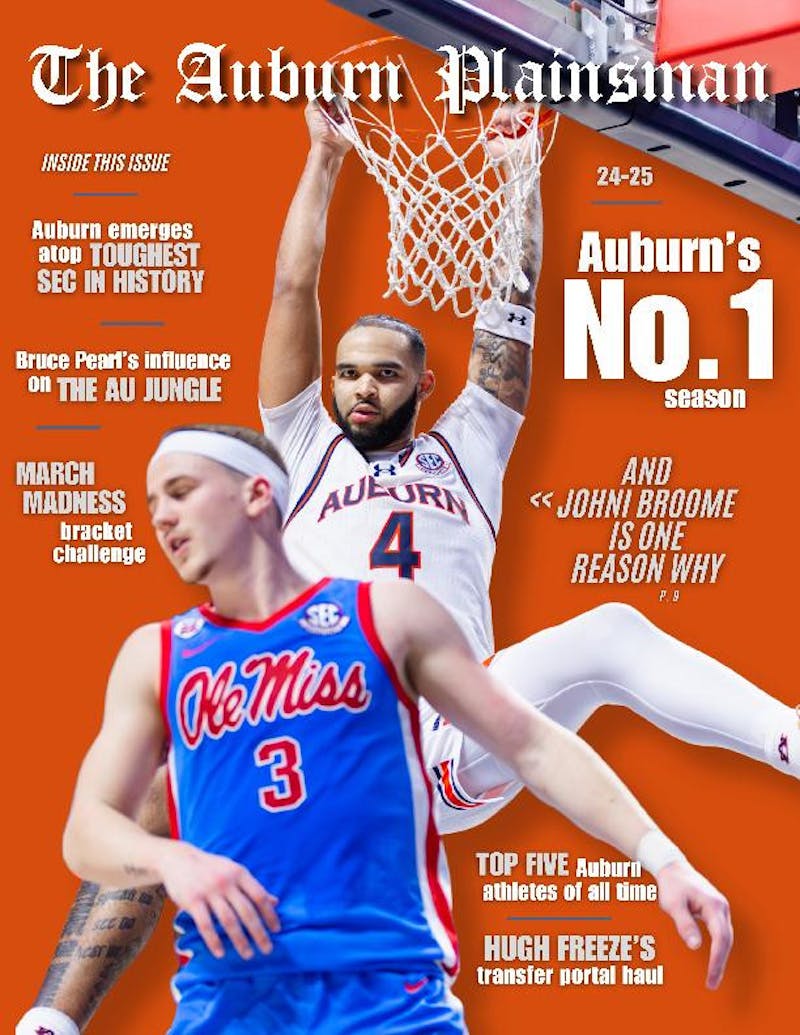Auburn University Libraries had recently released new online databases covering diversity topic such as African Americans, Native Americans and gender.
Bonnie MacEwan, dean of libraries, they periodically bring ideas to the provost office and diversity databases were one of those ideas.
“Obviously one of the things we want to support is research and exploration in diversity topics and it’s actually something we’re asked for a lot,” MacEwan said.
There are several librarians researching to see what resources are in demand for students, according to MacEwan.
“We have a library that’s assigned to every subject that’s taught at Auburn and part of their job is to work with the departments and think about what’s needed for instruction and research,” MacEwan said.
Liza Weisbrod, Auburn librarian, said these librarians report back to them with a list of desired resources.
“We basically talk to these librarians and ask if they’ve had requests from students or faculty for things that they think the library could use and that students could use for classes or research and we compiled quite an extensive list,” Weisbrod said. “Then we just sort of looked at how many people each would serve and, of course, cost plays into it to a certain extent and those were the ones that rose to the top.”
While there was a noticeable demand for diversity databases, MacEwan said it’s a great resource to turn to given the issues we’re facing today in society.
“I bet you a lot of students will be more interested in the topic because it being discussed, it’s being thought about and this will give them a resource if they need it,” MacEwan said. “This will give them a resource if they want to do some research and understand how we got to where we are today in terms of these issues.”
Jayson Hill, auburn libraries communication and marketing, said he thinks the most interesting element to these databases is their variety of primary sources.
“There are a lot of press clipping and pamphlets from the time and videos and they’re these oral histories of people just talking about it,” Hill said. “I thought it’s a nice combination of different sources. That’s what I thought was so cool about it and there were just a lot of primary sources.”
Weisbrod agreed and said the variety was a reason they chose these specific databases to make available.
“A lot of these are primary sources so the students can actually see things that they can use for their class or just get a real feel for different topics,” Weisbrod said. “That’s one of the reasons we chose this because there’s a variety of things people can use.”
Weisbrod said accessibility was important when choosing the databases.
“We usual do a trial run, so we can get in and play on the database because you want to make sure it’s easy to access,” Weisbrod said.
MacEwan also said they must be picky when deciding on the databases to provide students with helpful resources.
“We look at the quality of the information and the quality of the publisher,” MacEwan said. “We’re very opinionated. “
The libraries main goal is to serve a broad spectrum of students, according to MacEwan.
“The best product that serves the most people,” MacEwan said. “A database like this supports everyone’s ability to their research.”
Do you like this story? The Plainsman doesn't accept money from tuition or student fees, and we don't charge a subscription fee. But you can donate to support The Plainsman.




